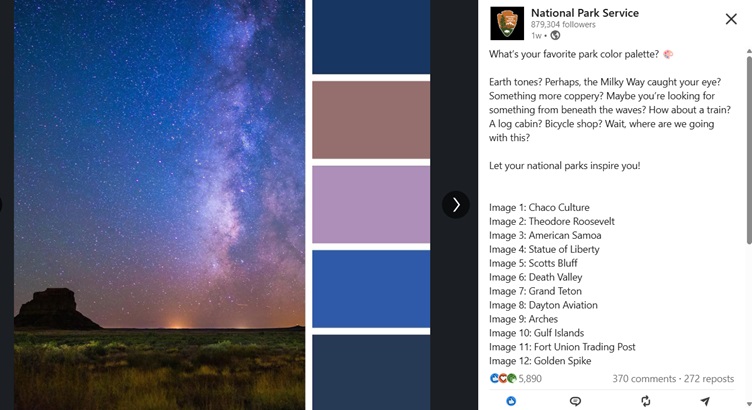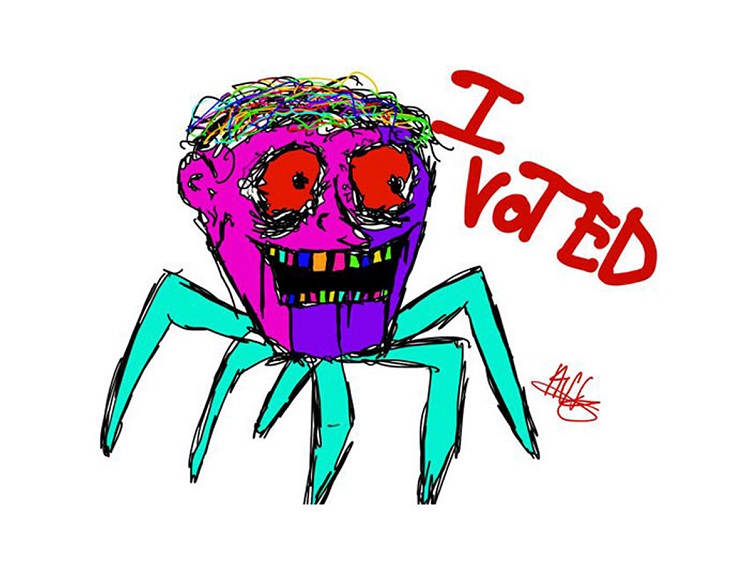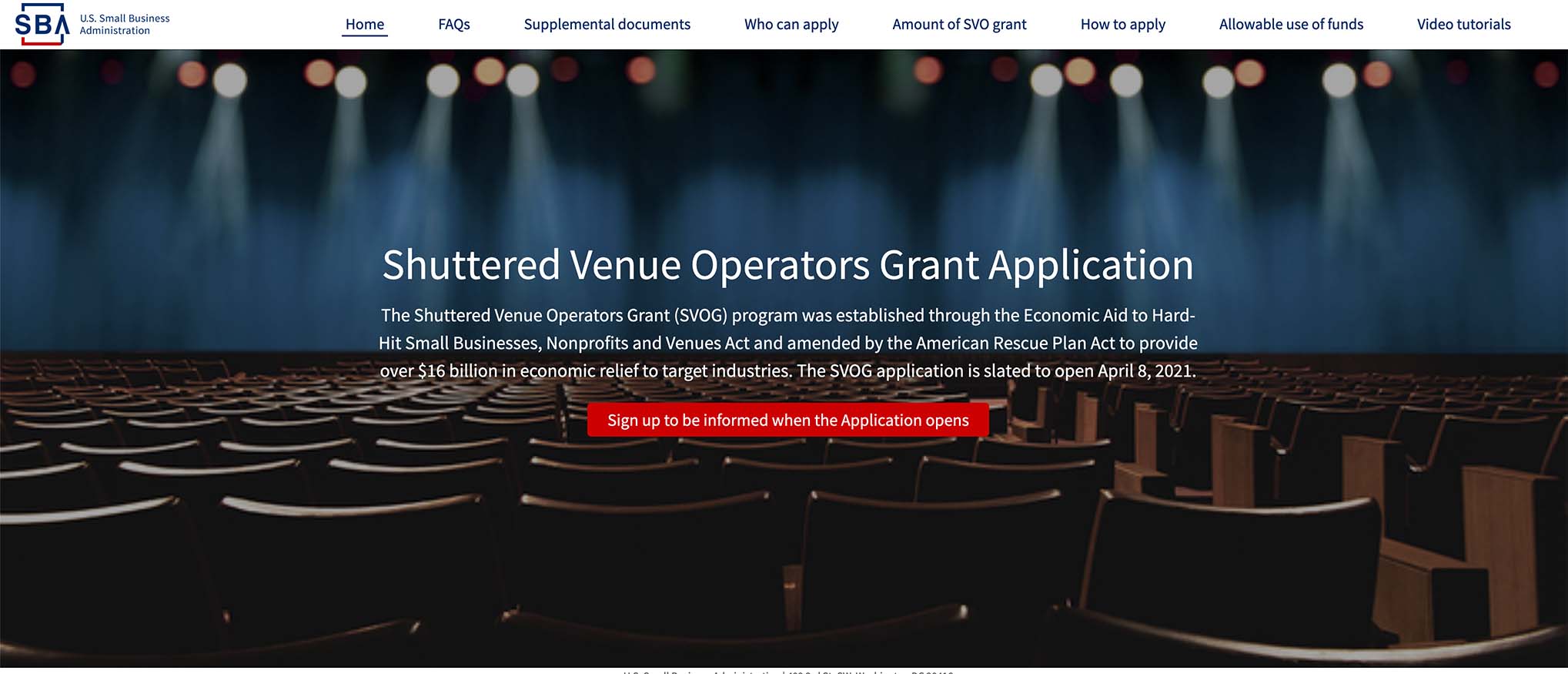FastCompany recently had a post by Matt Mandrella, the music officer for Huntsville, AL advocating for cities to support house concerts as a method for stimulating economic and creative vitality. According Mandrella, Huntsville has a handful of people who have set up their basements and garages to host concerts.
This raised a lot of questions in my mind about how the neighbors were impacted by traffic, parking, and possibly noise.
Mandrella said cities shouldn’t just be building amphitheaters (Huntsville has one), they should be supporting neighborhood level cultural infrastructure which are more fan and creator focused.
House shows fill a different and equally vital gap. They empower artists to control ticket prices and profit margins, bypassing bar-sales-driven venue models. They create peer networking opportunities and act as incubators for emerging talent, offering artists the chance to book, promote and manage shows on a small scale, thereby building skills that can scale to larger venues.
Most importantly, house shows democratize music, embedding it in communities instead of keeping it behind ticketing paywalls. In short, they rebalance the live music economy.
He says among the things Huntsville is doing to support these small concert venues is helping people form LLCs in order to separate owners’ liability from their personal assets; advising on sound, lighting, and ticketing; having conversations about artist pay and sustainability.
And perhaps most importantly from the neighbors’ point of view – “Guiding artists through compliance with sound ordinances and neighborhood approvals.”
Mandrella also pitches vibrant house concert networks as a possible response to AI generated music in the sense that it creates local, accessible opportunities for people to connect with their neighbors and perhaps generate a sense of ownership and pride.
To some extent, this isn’t an entirely new idea. About 10 years ago I wrote about the PorchRokr Festival near Akron, OH where people hosted concerts on their porches. I subsequently became aware of other porch based concert series around the country. This is the first time I have read about a city intentionally working to create an infrastructure to support and encourage house concerts as a going concern.





Thanks for what you are doing to bring cultural change to the arts. It is so important to represent everyone.…